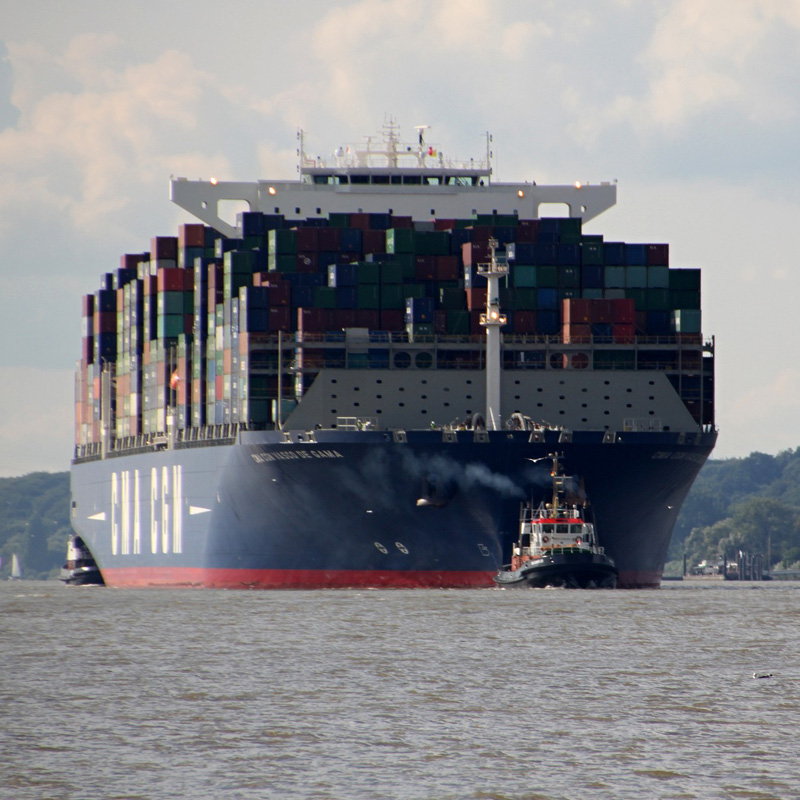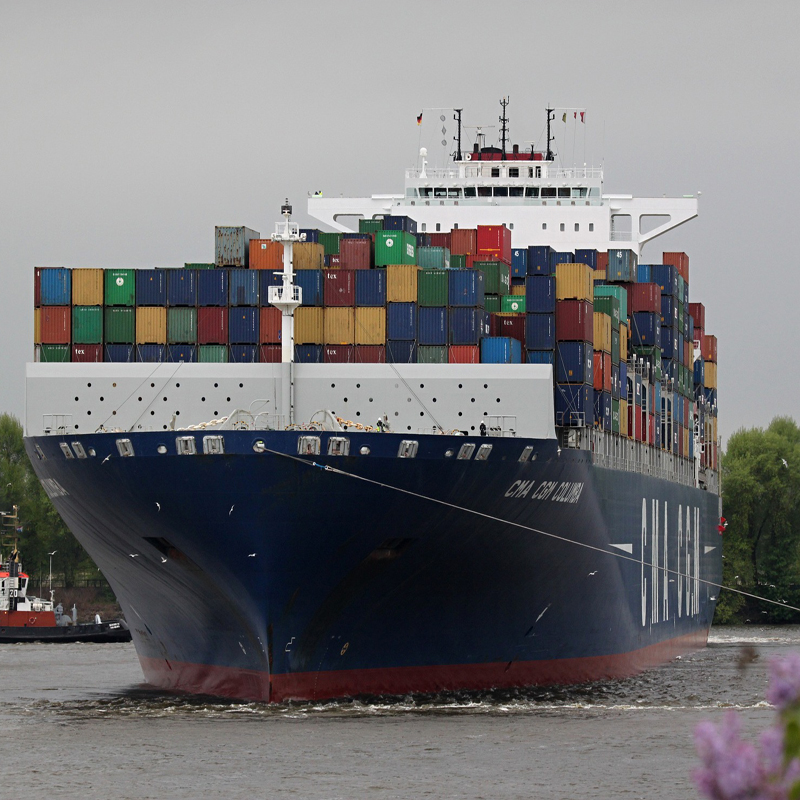Qatar's Hamad port to be officially opened at beginning of September
- Author:Alex
- Source:Sunny worldwide logistics
- Release Date:2017-08-31
Qatar's Hamad port to be officially opened at beginning of September

HAMAD port, located in the Umm al Houl area of southern Qatar, is to be officially inaugurated in the first week of September, under the auspices of His Highness Emir Sheikh Tamim bin Hamad al-Thani. The capacity of Hamad port is to reach 7.5 million TEU annually on completion of all construction phases.

Hamad port, the largest in the Middle East, spans an area of 28.5 square kilometres. Its basin is four kilometres long, 700 metres wide and 17m deep, reported Gulf News of Doha, Qatar.
The port has a general cargo terminal with an annual capacity of 1.7 million tonnes, a terminal for cereals with a capacity of 1 million tonnes annually, and a terminal to receive vehicles with a capacity of 500,000 vehicles annually. It also has a terminal for livestock, one for coastguard vessels and a terminal for marine support and backup.
Hamad Port applies the highest standards of safety and security and includes a 110-metre-tall port control tower, a customs inspection area for rapid cargo clearance (5,600 containers per day), and a ship inspection platform. Its other facilities include storage units, mosques, rest areas, medical clinics and the offices required for port operation.
Additionally, as part of the country's steps for increasing its non-hydro carbon exports and building manufacturing industries, a free zone has been established adjacent to Hamad port. The port, through an integrated logistic zone, will help connect Qatar to railway networks in the Gulf countries.

Hamad port has recorded significant milestones, regionally and internationally, in a short period of time. It has played a key role in breaking the blockade during the current critical situations that Qatar encounters.
The port managed to secure multiple global marine transport lines, revitalise crucial traffic of basic commodities, needs and supplies and provide alternatives after countries of the blockade closed land, air and marine borders with Qatar.
Last July, Hamad port received 48,873 containers, 80,275 tonnes of general cargo, 4,922 vehicles and machinery, 74,148 heads of livestock and 7,897 tonnes of building materials.

Hamad port, the largest in the Middle East, spans an area of 28.5 square kilometres. Its basin is four kilometres long, 700 metres wide and 17m deep, reported Gulf News of Doha, Qatar.
The port has a general cargo terminal with an annual capacity of 1.7 million tonnes, a terminal for cereals with a capacity of 1 million tonnes annually, and a terminal to receive vehicles with a capacity of 500,000 vehicles annually. It also has a terminal for livestock, one for coastguard vessels and a terminal for marine support and backup.
Hamad Port applies the highest standards of safety and security and includes a 110-metre-tall port control tower, a customs inspection area for rapid cargo clearance (5,600 containers per day), and a ship inspection platform. Its other facilities include storage units, mosques, rest areas, medical clinics and the offices required for port operation.
Additionally, as part of the country's steps for increasing its non-hydro carbon exports and building manufacturing industries, a free zone has been established adjacent to Hamad port. The port, through an integrated logistic zone, will help connect Qatar to railway networks in the Gulf countries.

Hamad port has recorded significant milestones, regionally and internationally, in a short period of time. It has played a key role in breaking the blockade during the current critical situations that Qatar encounters.
The port managed to secure multiple global marine transport lines, revitalise crucial traffic of basic commodities, needs and supplies and provide alternatives after countries of the blockade closed land, air and marine borders with Qatar.
Last July, Hamad port received 48,873 containers, 80,275 tonnes of general cargo, 4,922 vehicles and machinery, 74,148 heads of livestock and 7,897 tonnes of building materials.

